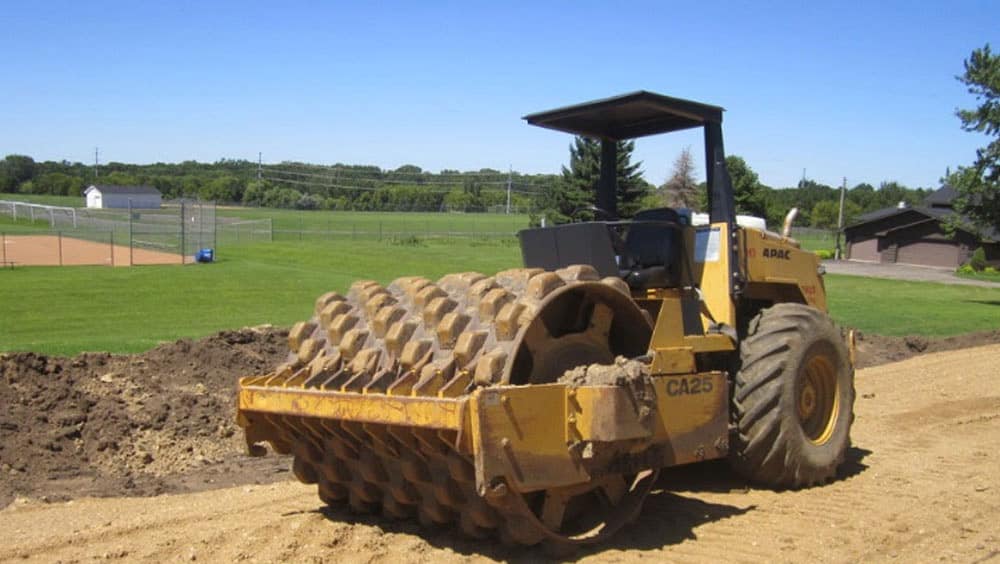
Compaction is measured as a ratio of the insitu density and the laboratory compacted density in which standards and can require vastly different ‘effort’ from material to material based on the compaction method. A summary of the typically adopted compaction methods are outlined below:
Where construction efficiency is desired, it is beneficial that the contractor gauges the proposed material, the required plant and the anticipated number of passes to achieve the nominated.
The concept of producing rolling patterns and plans can be an efficient method of limiting the required compactive effort for the nominate course and can be undertaken cumulatively during construction and correlated with laboratory testing (i.e. undertake a continual number of passes and measure the progressive compaction levels).
Are environmental regulations, health and safety concerns or potential profit loss a concern right now?
It is highlighted that moisture levels can play a significant role in achieving the desired compaction regardless of the compaction effort and is particularly relevant to non-cohesive materials (i.e. sands and gravels or roadbase). In these materials where the bearing capacity is dependent on the particle friction and interlock, the material is typically placed at Optimum Moisture Content (OMC) – the moisture content at which the greatest compaction can be achieved with the same compactive effort.
Where consideration is given to compaction plant, rolling patterns and methods prior to construction, there is often opportunity to facilitate significant plant and labour savings.
For more information on Global Road Technology or Compaction Methods please Contact Us.
Are environmental regulations, health and safety concerns or potential profit loss a concern right now?
Contact Us Now